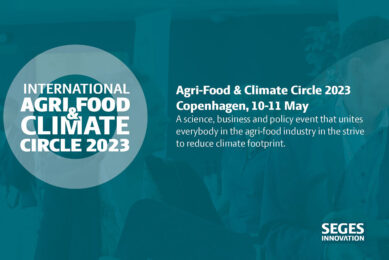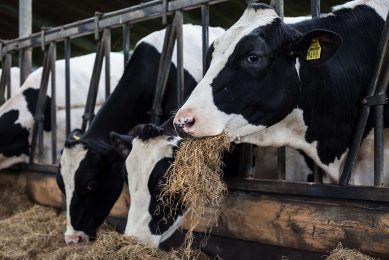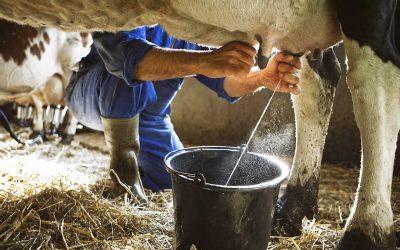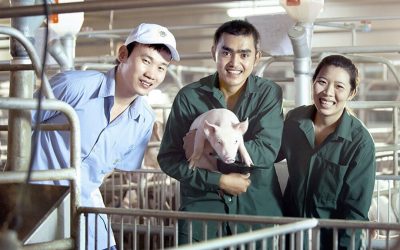Earth as an apple
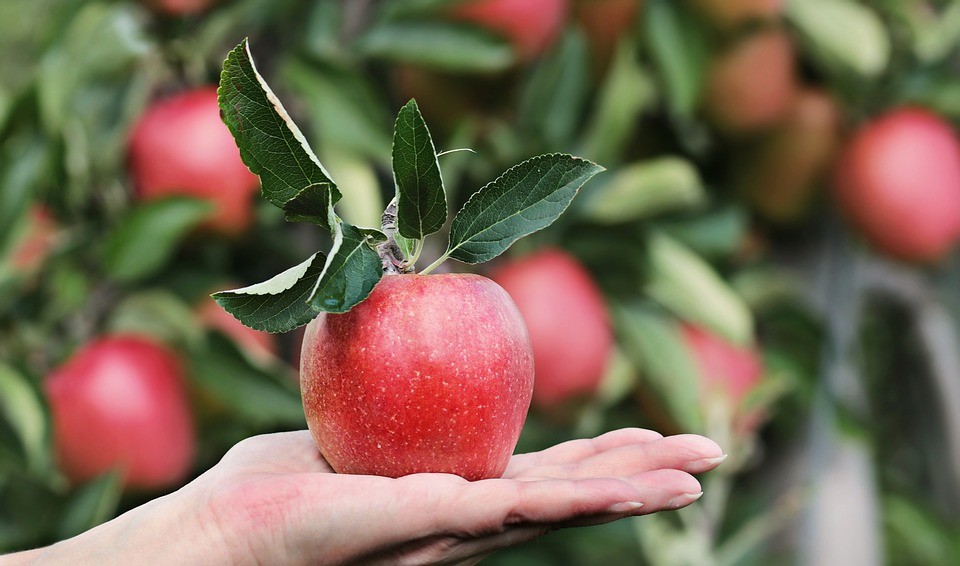
I sometimes wonder how much we can take from the earth? Often, keynote speakers at international conferences explain this principle by using an apple.
First, you pretty much cut the apple in half or more to remove the oceans (70%, unsuitable for land based farming). Then you further cut down the apple to remove the desert areas, swamps and mountains, also not very suitable for growing crops or building farms. What is left is just a very small piece (some say 1/32nd) of the apple, that we can use for farming / growing food and feed.
An apple peel left
At the same time, some experts say that the arable land left has become less suitable of the last decades, due to damage caused by erosion and pollution. The continual ploughing of fields, combined with heavy use of fertilisers, has degraded soils across the world, research from the University of Sheffield’s Grantham Centre for Sustainable Futures in the UK found, with erosion occurring at a pace of up to 100 times greater than the rate of soil formation. So, what is left for farming is very valuable land, and we should be smart in the way we make use of it! At the same time, the demand for animal protein is growing. These animals require buildings to live in, pastures to graze on and wheat, maize and other grains to feed on. So can we build those extra farms and grow the feed crops on that little apple peel left. Moreover, what are the effects on the environment?
China’s thirst for milk has global effects
In line with this, I read an interesting study on the effects of the increasing demand for milk in China (a predicted 3.2-fold increase in demand by 2050 compared to 2010). The researchers examined different scenarios of domestic milk production and importation. They for example calculated what will happen if current production methods were used for the 75% of the additionally required milk (to be produced in China) and 25% was imported from Europe, New Zealand and the US. Meeting China’s milk demand in this business as usual scenario will have a series of effects: increase in global dairy-related (China and the leading milk exporting regions) greenhouse gas (GHG) emissions, increase in land use for dairy feed production and increase in animal feed imports.
Unrealistic scenarios
The researchers calculated that, by 2050, the amount of global land needed for dairy fodder crops would have increased by 30%, resulting in an increase in global greenhouse gas emissions of about 35% and increased nitrogen emissions of nearly 50%. If all the additionally required milk was produced outside China, then Europe, New Zealand and the US would need to drastically increase the amount of land under fodder. But the current dairy exporting countries may be unable to produce all additional milk due to physical limitations or environmental preferences/legislation. For example, the farmland area for cattle feed production in New Zealand would have to increase by more than 57% (1.3 million ha) and that in Europe by more than 39% (15 million ha), while GHG emissions and nitrogen losses would increase roughly proportionally with the increase of farmland in both regions.
“These scenarios are unrealistic,” says Gerard Velthof of Wageningen Environmental Research on the website of Wageningen UR. He says: “If you want to limit the effects of increased dairy production on the environment and land use as much as possible, you will need to increase the efficiency of milk production in China to the level of world leaders like the Netherlands”. I agree, we can’t make the apple bigger, but we can make sure that every part of the apple has the most juice and nutrients available and is used wisely and as efficient as possible. And even then, GHG emissions will rise. Luckily, also many efforts are taken to reduce these emissions, by using feed additives for example.
By the way, the Earth is an Apple activity is great to educate kids about food production and to raise awareness for the new generation to treat the earth well. Teachers and parents can find an example how to do this here.




